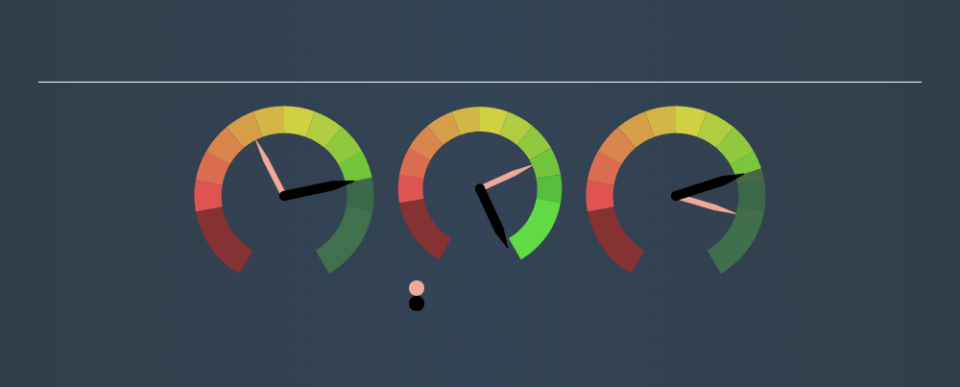Should You Like Spirax-Sarco Engineering plc’s (LON:SPX) High Return On Capital Employed?

Today we'll evaluate Spirax-Sarco Engineering plc (LON:SPX) to determine whether it could have potential as an investment idea. Specifically, we'll consider its Return On Capital Employed (ROCE), since that will give us an insight into how efficiently the business can generate profits from the capital it requires.
First of all, we'll work out how to calculate ROCE. Next, we'll compare it to others in its industry. Last but not least, we'll look at what impact its current liabilities have on its ROCE.
What is Return On Capital Employed (ROCE)?
ROCE measures the 'return' (pre-tax profit) a company generates from capital employed in its business. Generally speaking a higher ROCE is better. In brief, it is a useful tool, but it is not without drawbacks. Author Edwin Whiting says to be careful when comparing the ROCE of different businesses, since 'No two businesses are exactly alike.'
How Do You Calculate Return On Capital Employed?
The formula for calculating the return on capital employed is:
Return on Capital Employed = Earnings Before Interest and Tax (EBIT) ÷ (Total Assets - Current Liabilities)
Or for Spirax-Sarco Engineering:
0.21 = UK£301m ÷ (UK£1.8b - UK£299m) (Based on the trailing twelve months to June 2019.)
So, Spirax-Sarco Engineering has an ROCE of 21%.
Check out our latest analysis for Spirax-Sarco Engineering
Does Spirax-Sarco Engineering Have A Good ROCE?
ROCE is commonly used for comparing the performance of similar businesses. Spirax-Sarco Engineering's ROCE appears to be substantially greater than the 13% average in the Machinery industry. We consider this a positive sign, because it suggests it uses capital more efficiently than similar companies. Setting aside the comparison to its industry for a moment, Spirax-Sarco Engineering's ROCE in absolute terms currently looks quite high.
You can click on the image below to see (in greater detail) how Spirax-Sarco Engineering's past growth compares to other companies.
It is important to remember that ROCE shows past performance, and is not necessarily predictive. ROCE can be misleading for companies in cyclical industries, with returns looking impressive during the boom times, but very weak during the busts. ROCE is only a point-in-time measure. Future performance is what matters, and you can see analyst predictions in our free report on analyst forecasts for the company.
Do Spirax-Sarco Engineering's Current Liabilities Skew Its ROCE?
Short term (or current) liabilities, are things like supplier invoices, overdrafts, or tax bills that need to be paid within 12 months. Due to the way the ROCE equation works, having large bills due in the near term can make it look as though a company has less capital employed, and thus a higher ROCE than usual. To counteract this, we check if a company has high current liabilities, relative to its total assets.
Spirax-Sarco Engineering has total assets of UK£1.8b and current liabilities of UK£299m. As a result, its current liabilities are equal to approximately 17% of its total assets. This is quite a low level of current liabilities which would not greatly boost the already high ROCE.
What We Can Learn From Spirax-Sarco Engineering's ROCE
With low current liabilities and a high ROCE, Spirax-Sarco Engineering could be worthy of further investigation. Spirax-Sarco Engineering shapes up well under this analysis, but it is far from the only business delivering excellent numbers . You might also want to check this free collection of companies delivering excellent earnings growth.
For those who like to find winning investments this free list of growing companies with recent insider purchasing, could be just the ticket.
We aim to bring you long-term focused research analysis driven by fundamental data. Note that our analysis may not factor in the latest price-sensitive company announcements or qualitative material.
If you spot an error that warrants correction, please contact the editor at editorial-team@simplywallst.com. This article by Simply Wall St is general in nature. It does not constitute a recommendation to buy or sell any stock, and does not take account of your objectives, or your financial situation. Simply Wall St has no position in the stocks mentioned. Thank you for reading.

 Yahoo Finance
Yahoo Finance 
